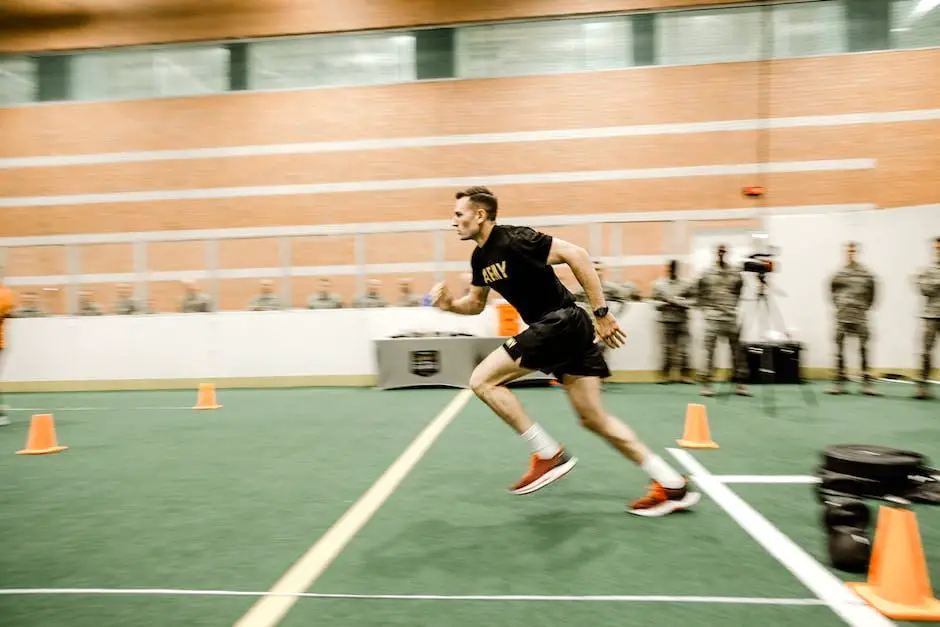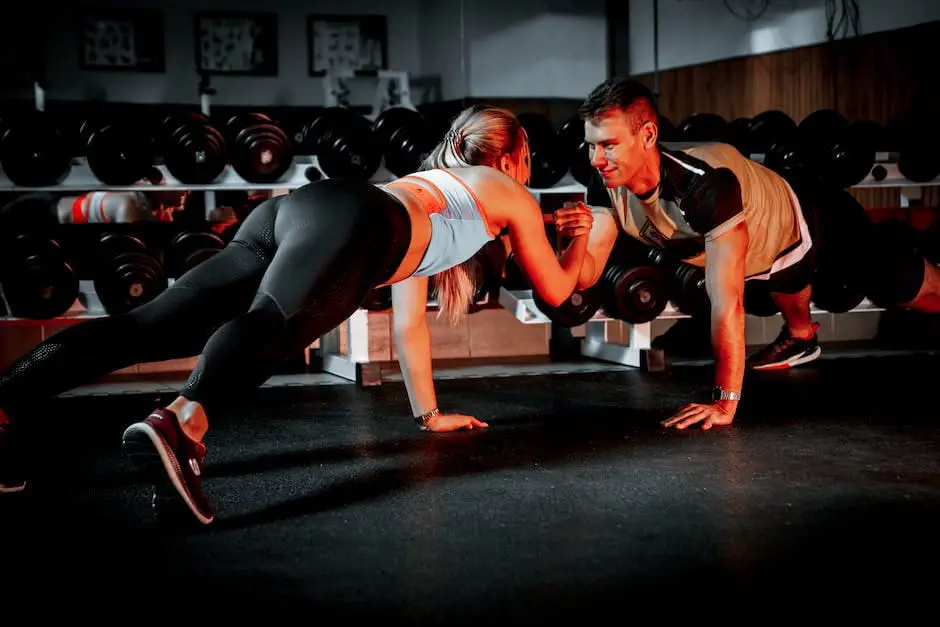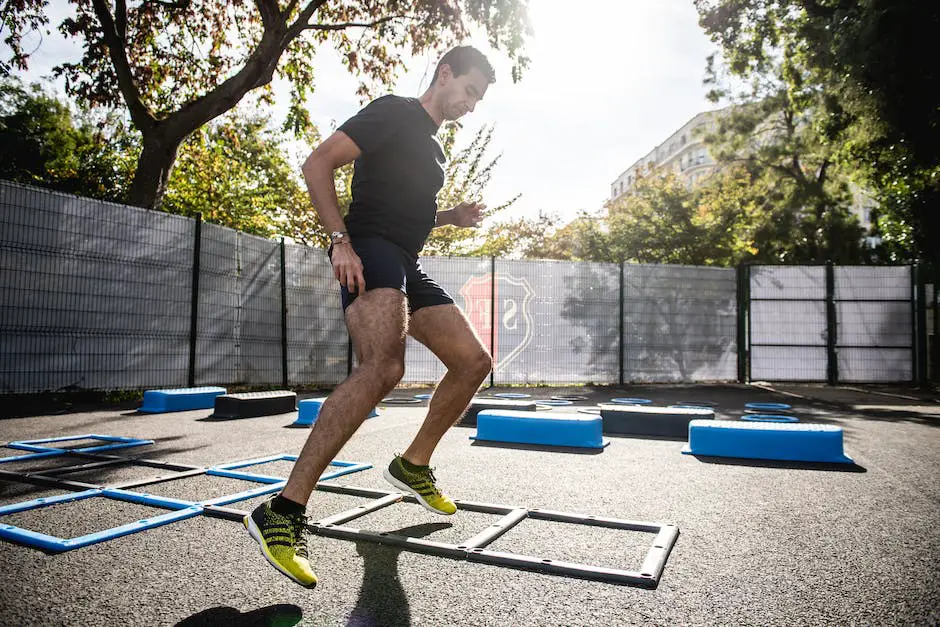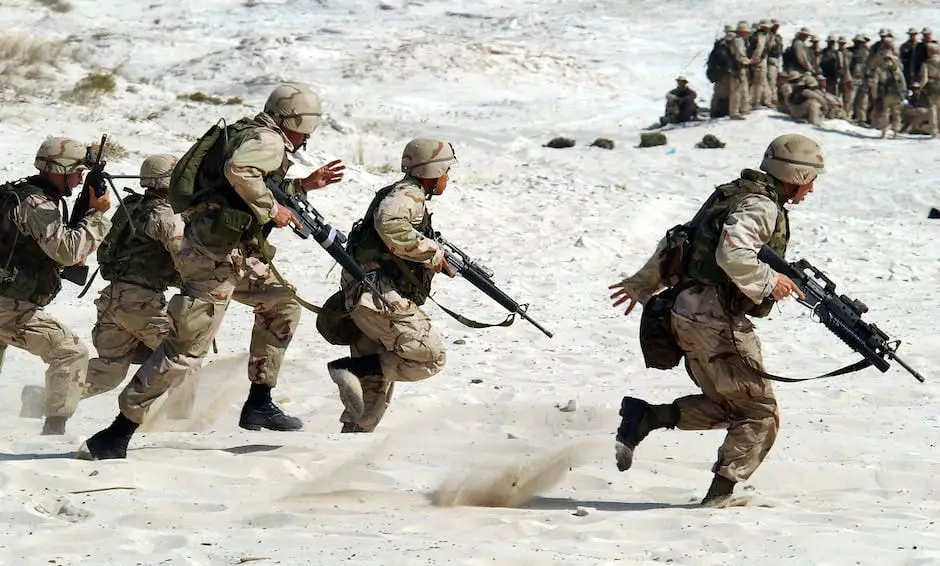Physical readiness is a key component in maintaining an effective army force and leading a healthy and enriched life. It entails maintaining a high level of fitness through rigorous training and appropriate nutrition, which is crucially important for both military personnel and civilians. This discussion delves into pertinent components of the USA military’s physical training routines, including Army Physical Fitness Test (APFT) standards, a range of physical exercises suitable for beginners to advanced levels, and nutritional practices that promote physical fitness. The goal here is to provide comprehensive information about the fitness standards needed to serve in the military, and how civilians can adopt these practices to enhance their personal fitness regime.
Understanding Army Physical Fitness Test Standards
Understanding the Army Physical Fitness Test: An Overview
The Army Physical Fitness Test (APFT) measures the endurance, strength, and cardiovascular health of army personnel. The test consists of three key events: Push-ups, sit-ups and a timed two-mile run. The standards for these events vary based on the individual’s age and gender, hence understanding the range of scores for each event is critical to gauge your fitness level.
Push-Up Standards in APFT
Push-ups test the upper body strength and endurance, and in the APFT, each candidate is expected to complete as many push-ups as possible in a two-minute time frame. The minimum and maximum number of push-ups for the test depends on the age group and gender of the candidate. For example, an 18-year-old male recruit would need to do at least 35 push-ups, while a female recruit in the same age group would need to do at least 13. A perfect score of 100 would require 71 push-ups for men and 42 for women in the same age group.
Understanding Sit-Up Standards
Sit-ups in the APFT seek to measure the strength and endurance of abdominal and hip-flexor muscles. Just like push-ups, each candidate performs as many sit-ups as possible in a two-minute duration. Males in the 17-21 age bracket need to perform at least 42 sit-ups to meet the minimum standards, whereas women need to perform 38. To achieve the full score of 100, males in this age group require 78 sit-ups, and females need to complete 76.
Running Standards: The Two-Mile Run
The two-mile run in the APFT measures one’s cardio-respiratory fitness and leg muscle endurance. This timed event should be completed as quickly as possible. Male soldiers aged 17-21 must complete the run in 15:54 minutes or less for a minimum score, while women in this age group must finish in 18:54 minutes or less. For a perfect score of 100, the men must run the two miles in a maximum of 13 minutes, and women need to complete it in 15:36 minutes or less.
Understanding these standards provides potential recruits and serving army personnel a clear picture of what is expected in terms of physical fitness. Therefore, it’s crucial to research and keep up to date with the minimum and maximum scores for each event based on your age and gender. This information provides a benchmark to assess your current fitness level and helps in setting realistic and attainable physical training goals.

Performing the Basic Training Drills
Understanding APFT
The APFT, or Army Physical Fitness Test, includes several exercises you must master – push-ups, sit-ups, and a timed two-mile run. The goal is to promote physical readiness and endurance in military personnel.
Practicing Push-ups
Begin with mastering the push-ups. Lay down on your stomach, hands shoulder-width apart with legs straight out, toes touching the floor. Raise your body using your arms until they’re fully extended. Lower your body until your chest nearly touches the floor. Maintain a straight body line from head to toe throughout the exercise.
Start by doing as many push-ups as you can, even if it’s only a few. Gradually increase the number as you become stronger. Proper form is crucial to prevent injury and promote muscle development.
Mastering Sit-ups
Moving on to sit-ups, lie down on your back with knees bent, feet flat on the ground and arms crossed over your chest. Use your abdominal muscles to lift your body off the floor until your elbows touch your knees. Return to the starting position, keeping the movement controlled and fluid.
Like push-ups, start with as many sit-ups as you can do and steadily progress to more. Proper form and gradual progression are crucial for effective muscle building and preventing injury.
Running Drills
Running consists of a timed two-mile run. Start at a comfortable running pace that you can maintain for the entire distance. Focus on breathing and stride length to conserve energy and prevent overexertion.
Gradually increase your pace over time to improve your two-mile run time. Take care to warm up properly before each run and cool down afterwards to avoid muscle strains and other injuries.
Progressive Training Plans
To ensure effective and safe training, use progressive training plans. Start with the basics, focusing on form and gradually increase the difficulty. For instance, once basic push-ups are manageable, try different variations like wide-arm, diamond, or decline push-ups.
Similarly, once running two miles is comfortable, increase your pace, add hill drills, or intervals to your routine. This gradual progression helps to build strength and stamina over time.
Remember, the ultimate goal of military physical training is not just to pass the APFT but be in the best physical shape to serve effectively. Always listen to your body and do not push through pain as it may lead to serious injury.

Learning Advanced Military Fitness Drills
Understanding Military Fitness Drills
Military fitness entails a combination of weight training, endurance exercises, and agility drills formulated to improve overall strength, cardiovascular capacity, and athleticism. Advanced military fitness drills push these aspects further, focusing on exercises that simulate real-life combat situations, such as pull-ups, rope climbing, ruck marches, and obstacle course running. These advanced fitness routines are not only for military personnel but can benefit anyone looking for a challenging, full-body workout.
Pull-ups: Unleashing your Upper Body Strength
Pull-ups are a staple of advanced military fitness drills, focusing on the strengthening of the back, shoulders, and arm muscles. Start practicing with a regular pull-up bar. Use a firm overhand grip, palms facing away from you, arms fully extended, and feet off the ground. Pull your body upwards until your chin passes the bar, using your shoulder blades to initiate the movement. Slowly lower yourself back down to the starting position. You can increase the challenge over time by wearing a weighted vest or incorporating different grips, such as underhand or close-grip pull-ups.
Rope Climbing: A Test of Endurance and Strength
Another challenging yet beneficial exercise is rope climbing. Start by choosing a sturdy rope that is attached to a high, secure point. Clasp the rope with both hands while jumping up, using your momentum to ascend. Wrap your legs around the rope for support. Use your arms and legs to pull and push your way up respectively. Practice going at a steady pace and focusing on using both your upper and lower body strength equally. Over time, you will notice improvement in your grip, arm and leg strength.
Ruck Marches: Consummate Endurance Training
Ruck marches require carrying a weighted backpack, simulating the gear soldiers must carry in combat. Start by packing your ruck sack with an appropriate amount of weight that allows you to march for a set distance without causing discomfort or injury, typically between 20-30 lbs for beginners. As your strength improves, you can increase either the weight or the distance. Always maintain good posture and equally distribute the weight in your ruck sack to prevent possible injuries.
Obstacle Courses: A Complete Physical Challenge
Obstacle courses are a sum of several exercises and are ideal for overall fitness and agility. They may include tasks such as wall climbing, crawling under nets, jumping through hoops, balancing on beams, and sprinting. This type of training is profoundly effective as it uses multiple muscle groups together, promoting coordination and cardiovascular endurance. You can create a homemade obstacle course using materials around your home or use a gym with the required equipment and space.
Finally, always remember that these drills are designed to be physically challenging. It is essential to take care of your body by adequately warming up before beginning your workout, cooling down afterwards, maintaining proper hydration, and ensuring a nutritious diet to fuel your body for these intense activities.

Maintaining Health and Nutrition
Understanding Nutrition for Physical Training
A strong, healthy body starts from within, and the right nutrition can make a significant difference in physical training outcomes. For intense physical activities like military training, choosing nutrient-rich foods that support muscle growth and energy is essential. A balanced diet that includes lean proteins, whole grains, fruits, and vegetables can provide the necessary nutrients for recovery and muscle growth.
Lean proteins, such as chicken, fish, beans, and lean meat, are pivotal in muscle repair and growth after extensive military conditioning. Consuming adequate protein throughout the day also helps maintain muscle mass during physical training.
In addition, complex carbohydrates from foods like brown rice, oatmeal, and whole grain bread provide a steady source of energy. These foods help fuel workouts and replenish energy stores after exercise.
Remember to include fruits and vegetables in your diet, as they are full of vitamins, minerals, and phytochemicals that boost immune function, combat oxidative stress from exercise, and promote overall health.
Dietary Choices for Energy and Performance
The timing of meals can also affect performance and recovery. Regular meal times and consistent hydration can help maintain energy levels throughout the day. Before training, opt for a carb-rich meal with a moderate amount of protein to ensure adequate energy stores.
Post-workout, a meal or snack that combines protein and carbs can help refuel muscles and speed recovery. Including healthy fats in your diet, such as avocado, nuts, and seeds, can further provide essential fatty acids and support for sustained energy.
Hydration for Physical Training
Hydration is a key element of health and physical performance. Dehydration can drastically affect performance, leading to fatigue, slower recovery, and reduced motivation. Regularly drinking water throughout the day and before, during, and after workouts can help maintain optimal hydration levels.
Sporting drinks with added electrolytes can be useful during prolonged or intense training sessions, as well. They can help replace the electrolytes lost from sweat and aid in rehydration.
Recovery and Rest in Training Routines
Just as important as diet and hydration in maintaining health and maximizing your physical training is the incorporation of adequate rest and recovery into your routine.
Rest days are important as they allow the muscles to recover, grow stronger, and prevent overuse injuries. Good quality sleep is also crucial for recovery and performance. Aim for 7-9 hours of sleep per night to give your body the chance to conduct necessary repairs and rejuvenations.
Maintaining proper health with a balanced diet, proper hydration, and sufficient rest can significantly impact your physical training performance.

The essence of military physical training goes beyond just preparing the armed forces for combat, it holistically addresses the overall health and well-being of the individual. By adopting these workouts and nutritional practices into everyday routines, not only those seeking to pass the Army Physical Fitness Test (APFT), but also civilians can witness significant improvements in their fitness levels. From mastering the basics of push-ups, sit-ups, and running, to progressively challenging the body and mind with advanced military drills, commitment to physical fitness can lead to immeasurable benefits and impact all realms of life positively. May this understanding and awareness inspire every reader to strive for superior fitness levels and lead a healthier, stronger life.

